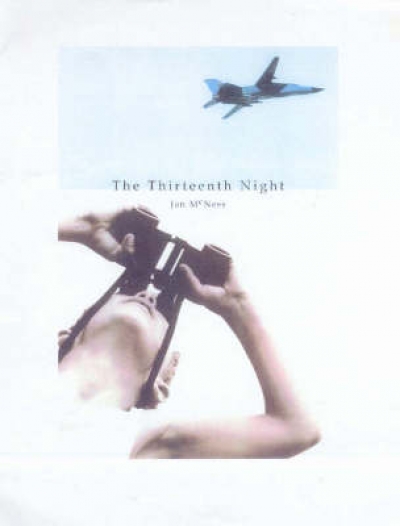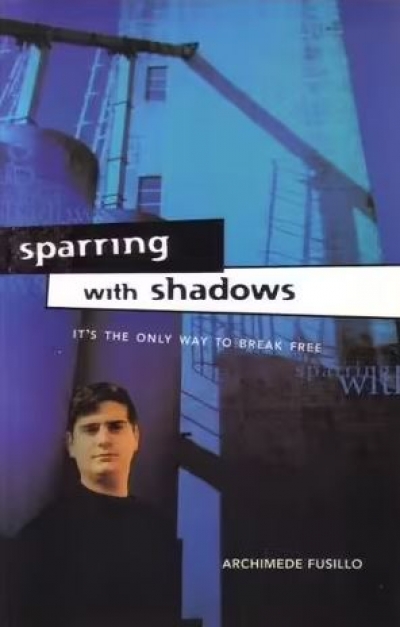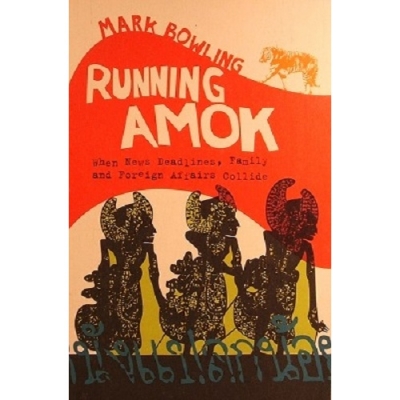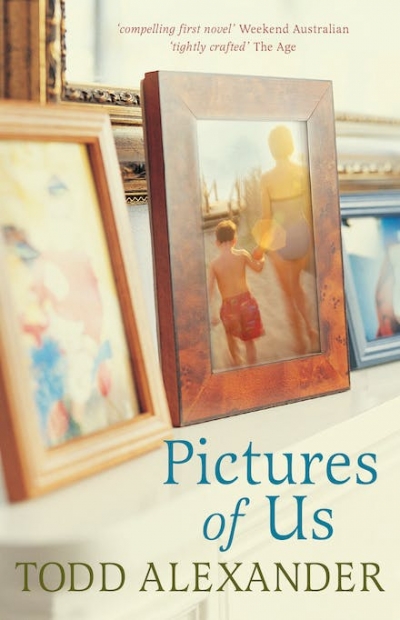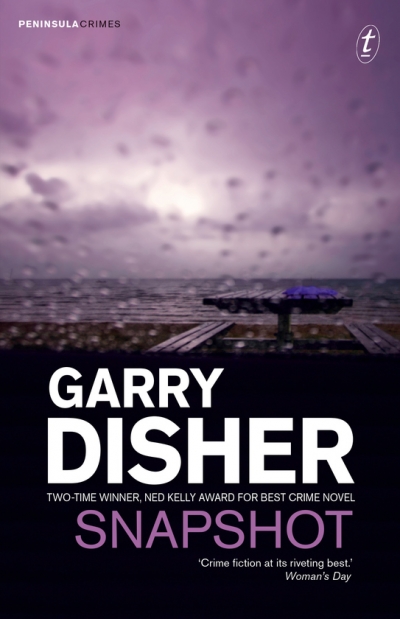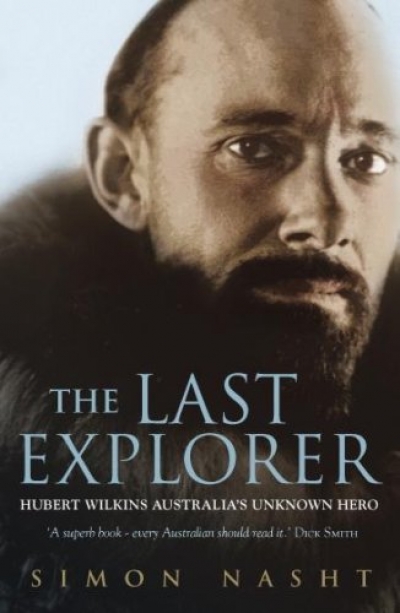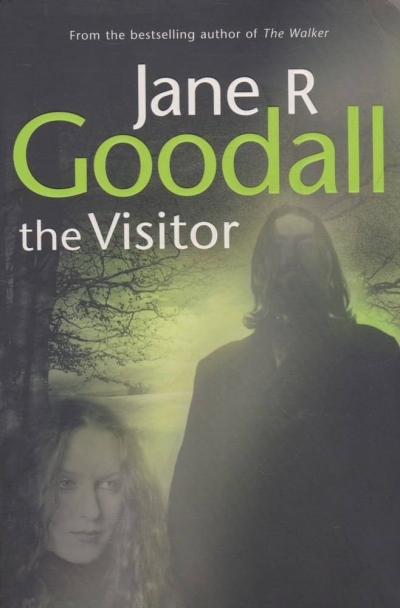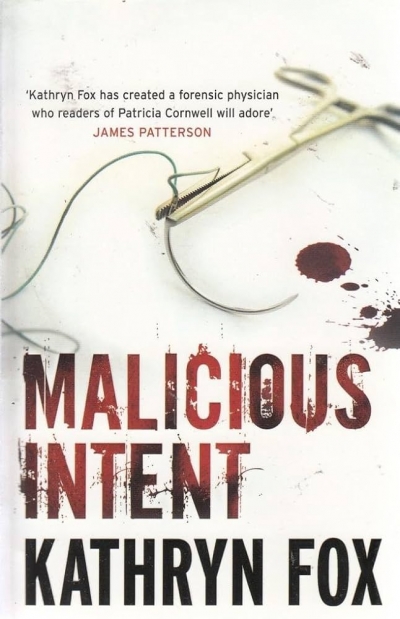Hodder
The Thirteenth Night by Jan McNess & Something More Wonderful by Sonia Orchard
by Joy Hooton •
Running Amok: When news deadlines, family and foreign affairs collide by Mark Bowling
by Philip Clark •
Snapshot by Garry Disher & A Thing of Blood by Robert Gott
by Rick Thompson •
The Last Explorer: Hubert Wilkins, Australia's unknown hero by Simon Nasht
by Paul de Serville •

